FAIREHOPE is a 21' gaff-rigged sloop designed by Nelson Zimmer. In my correspondence with him during the time FAIREHOPE was being built, he wrote, “I designed the little shallop in 1946 for a man in Auckland, New Zealand, as a stout coastwise cruiser.” The design was featured in The Rudder, National Fisherman, and, finally, in the design section of WoodenBoat No. 58, with a commentary by Joel White, which is where I first saw her.Being boatless at the time and eager to have another boat, as well as the experience of building one, I was immediately taken with her straightforward and strong look, which harked back to less complicated and saner times. The very favorable comments of Joel White completed the process of convincing me. Accordingly, I purchased a set of plans from The WoodenBoat Store and began my quarter-century relationship with FAIREHOPE.I cannot say that the construction was without significant effort, but it was relatively simple work. The hard-chined sections and sawn frames eliminated the necessity of a steambox. After two-and-a-half years of mostly weekend work, with paid help from an experienced boatbuilder friend and six months of paid weekly assistance from another friend, she was launched in June 1985.
Join The Conversation
We welcome your comments about this article. To include a photo with your remarks, click Choose File below the Comment box.

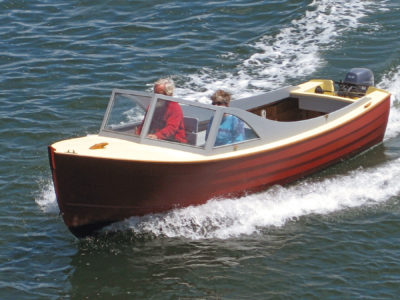
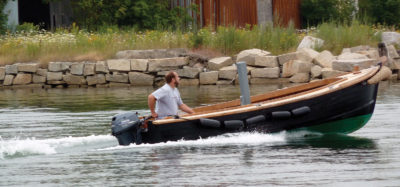

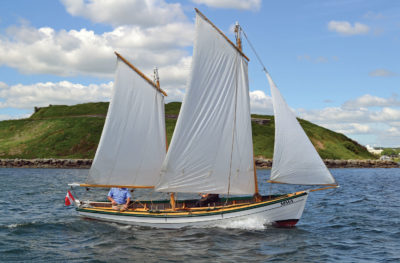
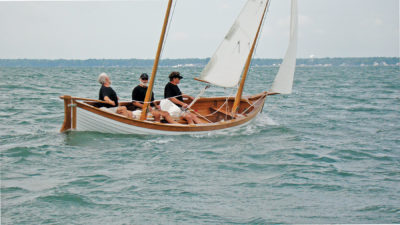

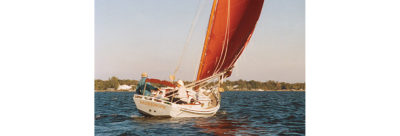
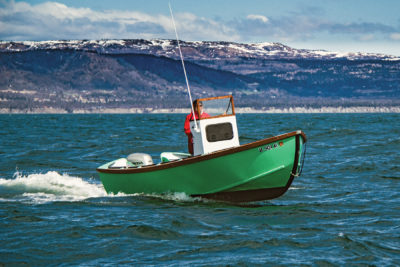
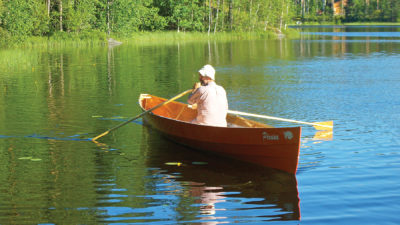
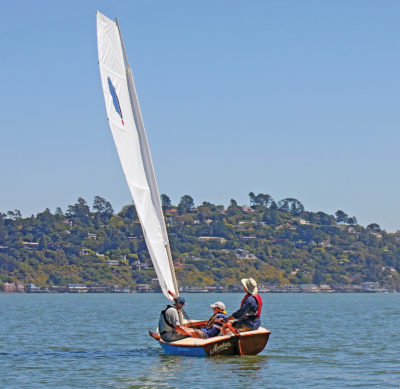
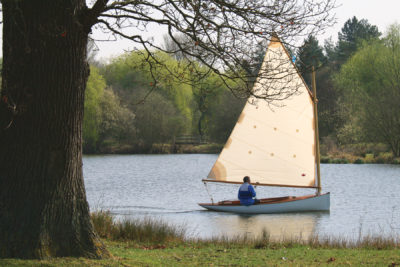
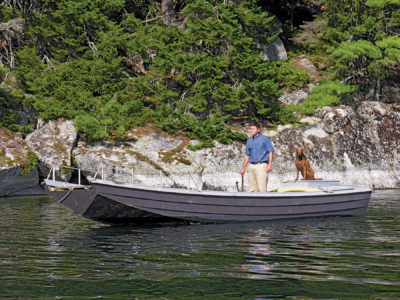
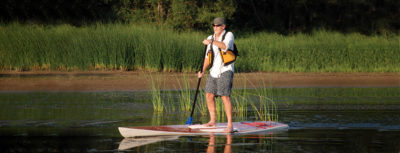
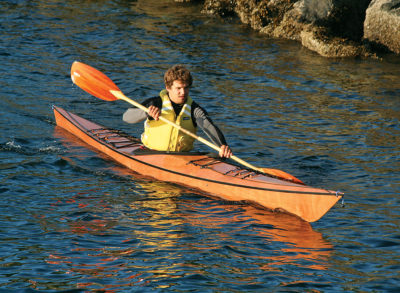


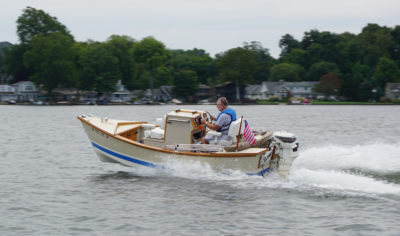
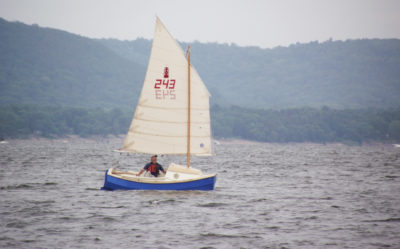
“…requiring me only to put the helm down and move to the high side…” — what about the running backstays you mentioned earlier? Having to slack off on the new leeward side and quickly haul in on the new windward side, when tacking, is what the term “running backstays” means to me. My only experience with running backstays was crewing on S-boats, and the danger of failing to tighten the windward backstay in a timely manner (i.e., potential dismasting) was something I remember being mentioned. But those boats have a tall marconi rig; I suppose there’s less risk of that with a gaff rig.
I had runners on my little 21′ wooden cutter (built 1935). One significant benefit (other than holding the mast up), was to add tension to the luff of a big yankee jib. It was remarkable how much acceleration was added to the boat when I let that jib out (I had fitted roller furling on it). One thing I learned about that set up: don’t try furling the jib when running before the wind. The yankee was not hanked on to the actual head stay, but flew free, so it would wrap the headstay up in itself, resulting in an exciting few moments